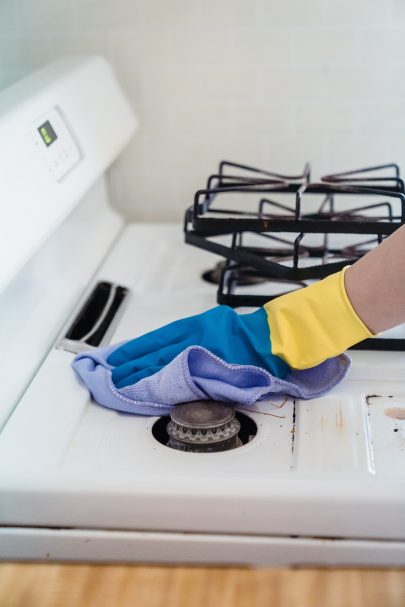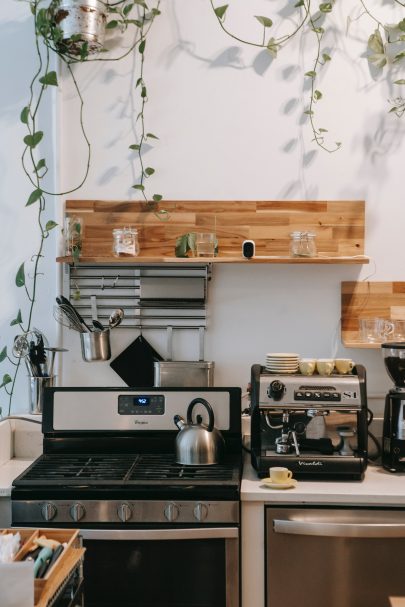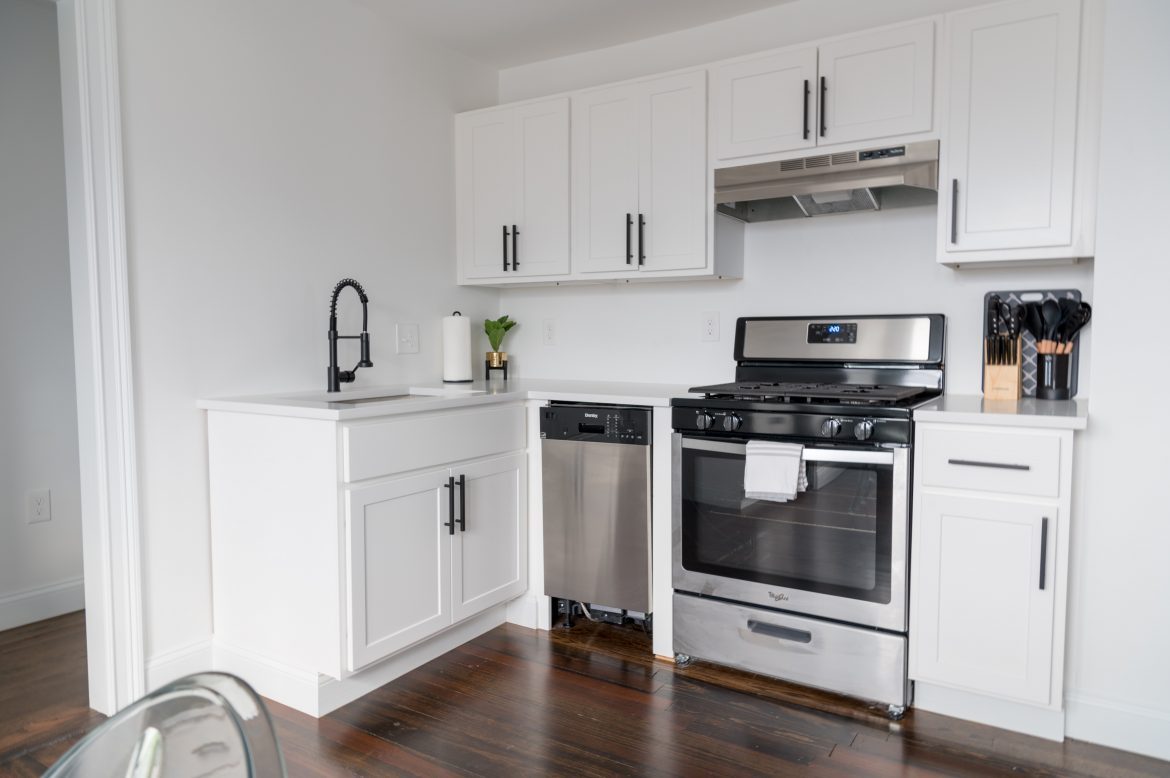We all love stainless steel thanks to its shiny, seemingly tarnish-resistant surface. Unfortunately, stainless steel can be quite susceptible to damage, especially rust. If you’ve tried to remove rust from your stainless steel appliances, you’ve probably caused more damage than you planned.
Luckily there’s a right and safe way to remove rust from stainless steel without damaging the surface.
ALSO SEE: Areas and items in the home that always require a weekly clean
How to remove rust from stainless steel
The key to protecting your appliances or stainless steel pots and pans when removing rust is to be as gentle as possible. Another aspect of this cleaning project is not overthinking it. All you need is:
• Some bicarbonate of soda (baking soda)
• A sponge or soft bristle brush
• A cloth – preferably microfibre

Pexels
Step 1:
Your first step is to make a paste with the baking soda.
A bicarb paste has become the go-to cleaning hack for most household items, but it’s key in removing rust and dirt from your stainless steel appliances without scuffing up the surface.
All you need is a tablespoon of baking soda with about two cups of water. Mix it up and voila! The ultimate, all-natural cleaning solution!
Step 2:
Now that you’ve got your paste, all you need to do is apply the paint directly to the rusted area. With your sponge or soft bristle brush, rub the paste into your appliance in circular motions. Be as thorough but gentle as you can.
Then let the paste settle on the surface for no less than 30 minutes.
Step 3:
After half an hour, rinse your appliance, pot, or pan with some water and your cloth. Be sure to remove any and all baking soda residue. The best way to avoid scratching the stainless steel surface is to gently scrub in the direction of the grain.

Pexels
Some additional tips
Regardless of whether you’re removing rust or simply cleaning your stainless steel cookware, you should avoid:
• Cleaning with anything containing salt or chlorides. These ingredients can actually cause rust.
• Abrasive tools, like steel scouring brushes.
• Letting acids, even mild acids like vinegar, settle on the surface for too long.
ALSO SEE:
Featured Image: Unsplash

